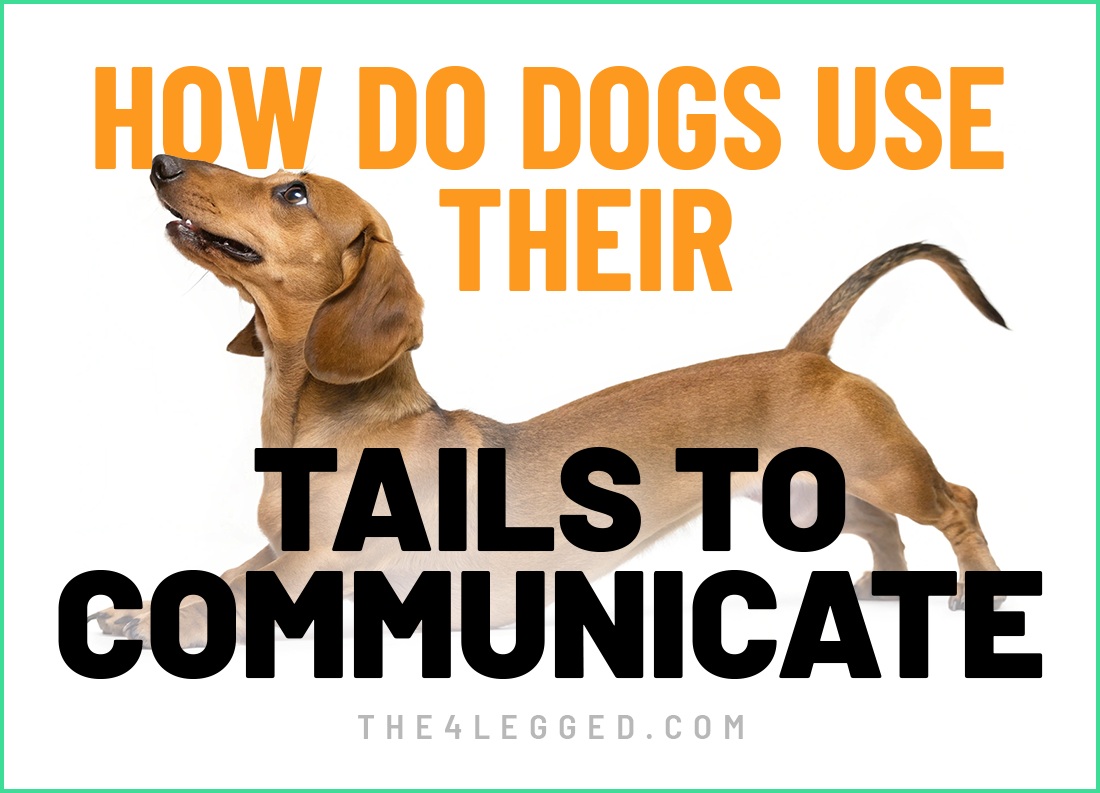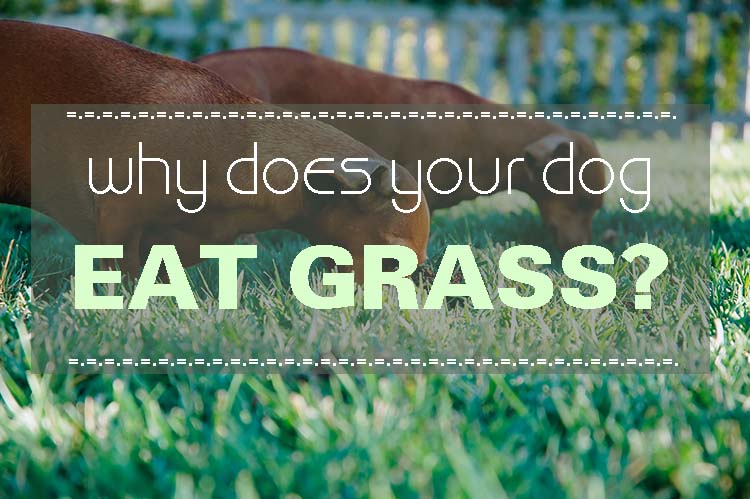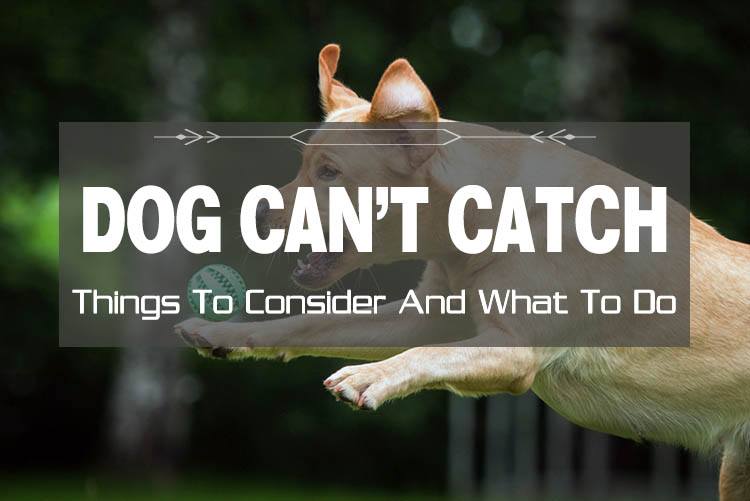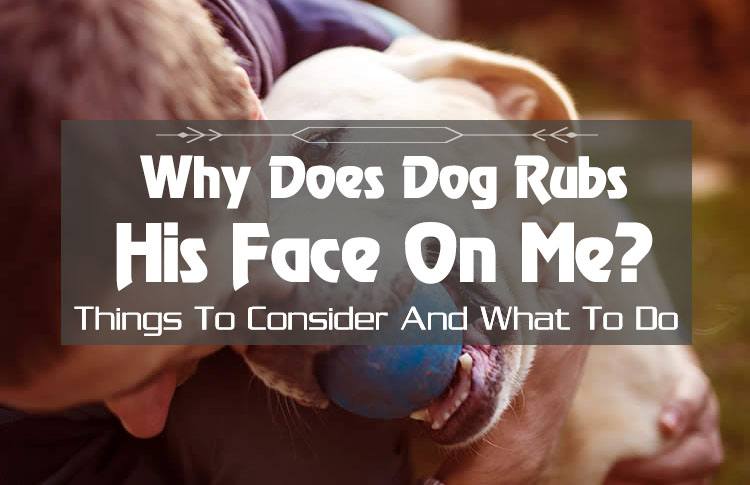Dogs have an amazing ability to express their emotions without saying a word, and one of their most powerful tools for communication is their tail. If you’ve ever wondered, “How do dogs use their tails to communicate?“ — you’re not alone.
From joyful, sweeping wags when you walk through the door to low, tucked tails that signal fear or uncertainty, every movement tells a story. In this article, you’ll discover what different tail positions and wagging styles mean and learn how understanding these signals can help you build a stronger, more trusting bond with your furry friend.
Key Takeaways
- A dog’s tail is an important communication tool, conveying a wide range of emotions and non-verbal cues that help dogs understand each other’s intentions and feelings.
- Tail wagging speed and direction are key indicators, with fast, right-sided wags generally signaling joy, while left-sided wags may indicate stress.
- Recognizing tail positions—high, low, or neutral—provides insight into a dog’s confidence, submission, or overall emotional state.
The Basics of Dog Tail Communication
A dog’s tail communicates a range of emotions, from joy to anxiety, making it a vital part of their body language. Understanding canine body language, especially tail movements and posture, helps interpret a dog’s signals and strengthens the human-dog connection. Recognizing these cues can enhance communication and deepen your bond with your furry friend. Dogs tails are an essential aspect of understanding your pet’s feelings, and this is often referred to as dog tail talk or dog’s tail talk. Additionally, observing your dog’s tail signals can provide further insights into their emotional state. Recognizing a dog’s tail signals as communication tools is crucial for understanding a dog’s mood at any given moment. Animal.
A dog’s tail position and wagging speed reveal a range of emotions. For example, faster wags often indicate excitement, while a still, relaxed tail signals calmness.
Observing dog tail movements provides insights into your dog’s emotions and helps interpret your dog’s mood. For instance, a loose, wagging tail typically signifies happiness and friendliness, helping you respond appropriately and fostering a harmonious relationship.
Tail Wagging and Its Meanings
Tail wagging is a clear form of canine communication, expressing emotions from excitement to submission. The speed and style of tail wags offer important clues about a dog’s feelings, and many dogs display a variety of wagging behaviors to communicate their mood.
Different types of tail wagging and their meanings include:
- A fast wag when meeting another dog usually reflects excitement.
- Small, quick movements, or micro-wags, can indicate submission or nervousness, which is common in many dogs.
- Circular tail movements, also known as a circle wag, often show happiness and playfulness, indicating eagerness to please. A circle wag is an unambiguous sign of excitement and friendliness, often seen when dogs are overjoyed to see someone special or meet new friends.
Recognizing these variations allows for better interpretation of your dog’s mood and appropriate responses.
Fast Tail Wag
A fast tail wag indicates high arousal or excitement. For instance, vigorous tail wagging when you return home shows joy and eagerness, typically associated with positive emotions. How a dog holds its tail during these moments—often high and loose—can further indicate happiness. A wagging tail means your dog is expressing happiness.
However, context matters. In unfamiliar situations, rapid short wags might indicate defensiveness or agitation. Meeting an unfamiliar dog with rapid wagging could signal heightened alertness or an alert posture, such as perked ears and attentive body language, or even a warning to keep distance.
Slow Tail Wag
A slow tail wag generally suggests nervousness or uncertainty. A slow, high wag might indicate alertness but caution, reflecting a lesser degree of arousal compared to fast wagging, and may differ from the dog’s natural position, which varies by breed.
Recognizing these subtle signals allows you to provide the necessary reassurance in stressful situations to see the whole picture of perceived threat.
Tail Position and Emotional States
A dog’s tail position is a critical indicator of its emotional state, with the tail’s position serving as a key indicator. Different breeds have natural tail positions influencing their expressions. A high tail often signifies alertness and engagement, while a lowered tail indicates submission or fear.
Consider the whole dog’s body language to gauge emotions accurately, as the dog’s tail is just one part of the communication. The position of the legs, such as tucked legs along with a tucked tail, can indicate fear or submission. Rapid wagging often indicates eagerness or joy, while circular tail movements can denote confusion or decision-making. Dogs may wag their tail in response to various stimuli.
Observing tail positions and movements helps better understand your dog’s feelings, allowing for appropriate responses, including attention to the tail’s position. Dogs with long tails may display more obvious wagging signals, while those with short tails may express emotions differently, making it important to consider the dog’s tail type when interpreting their body language.
High Tail
A high tail position indicates:
- Alertness, dominance, or confidence.
- A dog holding its tail high and stiff is likely on guard or feeling dominant, often accompanied by a high tail wag while remaining on high alert.
- A high tail arching over the back may signal preparation for aggressive behavior.
A tail wagging to the right often signifies joy or confidence. Recognizing these signs helps understand when your dog feels sociable and happy, enhancing interactions and strengthening your bond.
Low Tail
A low or tucked tail signals fear, submission, or anxiety. A low tail often reflects submission, anxiety, or discomfort. Dogs may lower their tails and wag slowly when uncertain or threatened, sometimes even showing curled tails. This posture is commonly seen when dogs are interacting with other dogs, as a way to communicate vulnerability or avoid conflict.
Approaching submissive dogs with a low or tucked tail gently helps them feel safe and reduces anxiety in canis familiaris, especially when they are feeling threatened or feeling scared.
Neutral Tail
A neutral tail, held horizontally, typically suggests curiosity or relaxation, indicating the dog is in a neutral position, neither threatened nor extremely excited. This position often reflects a balanced or calm dog’s mood. Accurate interpretation requires considering the dog’s overall body language and dog tail meaning context.
Understanding these cues helps you gauge your dog’s emotions and respond appropriately.
Directional Wags and Their Significance
The direction of a dog’s tail wag affects how its emotions are perceived. Dogs wag their tails to the right when happy, reflecting positive emotions, and to the left when scared or stressed, indicating negative feelings.
Interpreting a dog’s tail signals, including the direction of the wag, is crucial for understanding your dog’s emotions. Recognizing even the direction of a dog’s tail wag provides insights into its emotional state, helping you respond appropriately and strengthen your bond.
Right-Sided Wag
A right side wag generally indicates positive feelings and friendliness, suggesting the happy dog wags positively with its environment.
Recognizing this wag enhances understanding of your dog’s emotional state, helping you respond in ways that strengthen your relationship.
Left-Sided Wag
A left side tail wag can indicate stress or anxiety, showing warning sign of tension or discomfort and generally associated with less positive emotions compared to a right-sided wag.
Recognizing these nuances is crucial for accurately interpreting your dog’s emotional state and providing necessary reassurance.
Subtle Tail Movements and What They Mean
Subtle tail movements reveal complex emotions:
- A stiff tail indicates agitation.
- Twitching suggests mild agitation or excitement.
- Intense twitching may indicate anxiety.
- Micro-wags often express nervousness or submission.
- Tail movement can also provide insights into a pet’s emotional state.
- A gentle pant, often seen with a relaxed tail, is a sign of relaxation and comfort.
- An open mouth, especially when paired with a wagging tail, can indicate a happy or relaxed dog.
Circular tail wagging signifies happy and playful behavior, suggesting the dog may be trying to appease its owner. Wide arc wagging indicates extreme happiness and excitement, reflecting positive emotions and circular motions.
Tail circling can indicate confusion or decision-making, while tail flagging might signal conflicted or unsure feelings. Observing these signals helps in understanding your dog’s complex emotions.
How Tailless Dogs Communicate
Tailless dogs may face communication challenges but have adapted other ways to express emotions, relying heavily on:
- vocalizations
- dog’s body language
- facial expressions
- the positions of their eyes and ears.
When interacting with other animals, tailless dogs may rely more on these alternative signals to communicate effectively. Pet parents should be especially observant of other body language cues in tailless dogs, as tail movement is not available to indicate their emotional state.
Common vocalizations include barking, growling, snarling, whimpering, whining, crying, and howling. Observing these methods helps understand your tailless dog’s feelings and strengthens your bond.
Practical Tips for Observing Tail Signals
Understanding tail movements can enhance interactions and strengthen your relationship. A horizontally held tail suggests calmness, curiosity, or readiness to explore. If unsure about your dog’s tail-wagging behavior, consulting a professional is advisable.
When approaching a dog:
- Observe its posture and ask the owner for cues or warnings.
- Let the dog approach you first to feel in control and comfortable.
- Intervene if an assertive dog doesn’t respect signals from a low-wagging tail to prevent potential conflicts.
Summary
Understanding how dogs use their tails to communicate opens a window into their world — a world full of excitement, curiosity, and sometimes anxiety. From joyful, sweeping wags to cautious, low-held tails, these subtle signals reveal your dog’s true feelings and help deepen your connection.
By paying attention to your dog’s tail positions and movements, and considering the context of the entire body language, you can better support their emotional needs and build a stronger, more trusting bond.
If you’re curious about other fascinating ways dogs communicate or want to learn more about their unique behaviors, explore our collection of canine behavior guides for even deeper insights into your best friend’s world.
Frequently Asked Questions
What does a fast tail wag indicate in dogs?
A fast tail wag usually means your dog is super excited or happy, like when they greet you after being apart. So, if you see that tail going, they’re definitely feeling the love!
How can I tell if my dog is feeling anxious or stressed?
If your dog has a low or tucked tail and is wagging slowly, it’s likely feeling anxious or stressed. Pay attention to these body language signals to understand how your furry friend is feeling.
What does a right-sided tail wag mean?
A right-sided tail wag typically indicates that your dog is feeling happy and friendly. So, if you see that wag, it’s a good sign your pup is feeling positive!
How do tailless dogs communicate their emotions?
Tailless dogs express their feelings through vocal sounds, body language, facial expressions, and the positioning of their ears and eyes. So, pay attention to these cues to understand what they’re feeling!
What should I do if I see a dog with a low or tucked tail?
If you see a dog with a low or tucked tail, it’s important to approach it gently to help it feel safe, as this body language often signals fear or anxiety. Just be calm and give the dog some space to relax.




